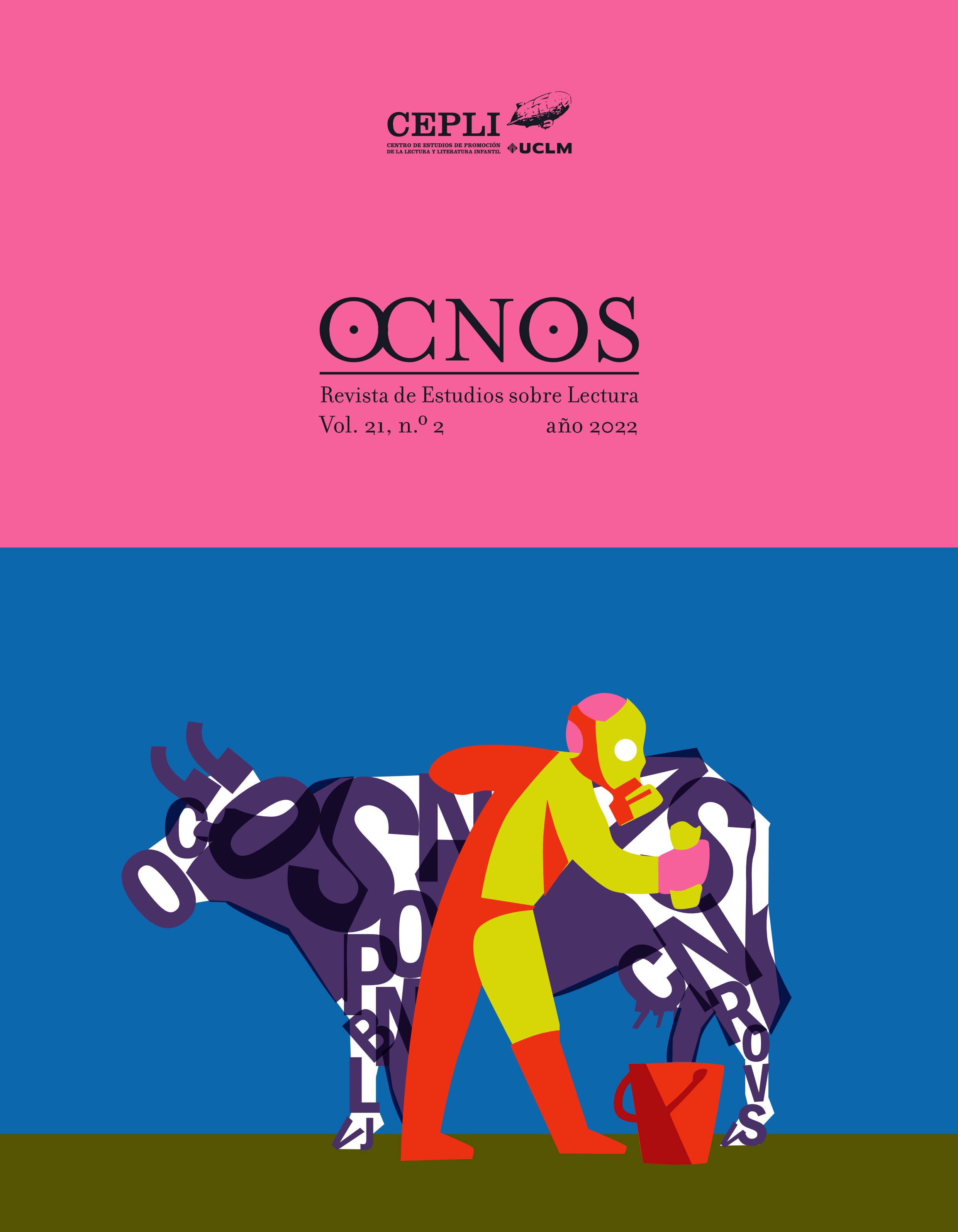Leer la ironía en el libro álbum
##plugins.themes.bootstrap3.article.main##
Resumen
El libro álbum, constituido por la conjunción de dos códigos expresivos, la palabra y la imagen, supone la gran novedad de la literatura infantil en las últimas décadas. Además, su difusión se expande progresivamente al público adulto. La indefinición del receptor es una de sus características más destacadas, según algunos autores. La combinación de códigos convierte al álbum en un terreno propicio para la ironía. Como es sabido, en el campo de los estudios literarios el concepto de ironía ha sido objeto de muy variadas interpretaciones. Desde fundamentos pragmáticos, analizamos aquí cómo la ironía incide en el sentido final de diferentes álbumes. En todos los casos, cabe establecer unas pautas similares de interpretación. Con ello, se pretende contribuir a que el receptor infantil o el adulto pueda extrapolar a otros álbumes irónicos algunas de las pautas de lectura aquí apuntadas.
##plugins.themes.bootstrap3.article.details##

Esta obra está bajo una licencia internacional Creative Commons Atribución-NoComercial-SinDerivadas 4.0.
Aquellos autores/as que tengan publicaciones con esta revista, aceptan los términos siguientes:
- Los autores/as conservarán sus derechos de autor y garantizarán a la revista el derecho de primera publicación de su obra, el cuál estará simultáneamente sujeto a la Licencia de reconocimiento de Creative Commons Reconocimiento-NoComercial-SinObrasDerivadas, que permite a terceros compartir reconociendo adecuadamente la auoria del texto, no utilizar el material con fines comerciales, y si remezcla, transforma o crea a partir del material, no puede difundir el material modificado.
- Se permite y recomienda a los autores/as difundir su obra a través de Internet (p. ej.: repositorios institucionales o en su página web) solo después de la aceptación y publicación del envío, lo cual puede producir intercambios interesantes y aumentar las citas de la obra publicada. (Véase El efecto del acceso abierto).

